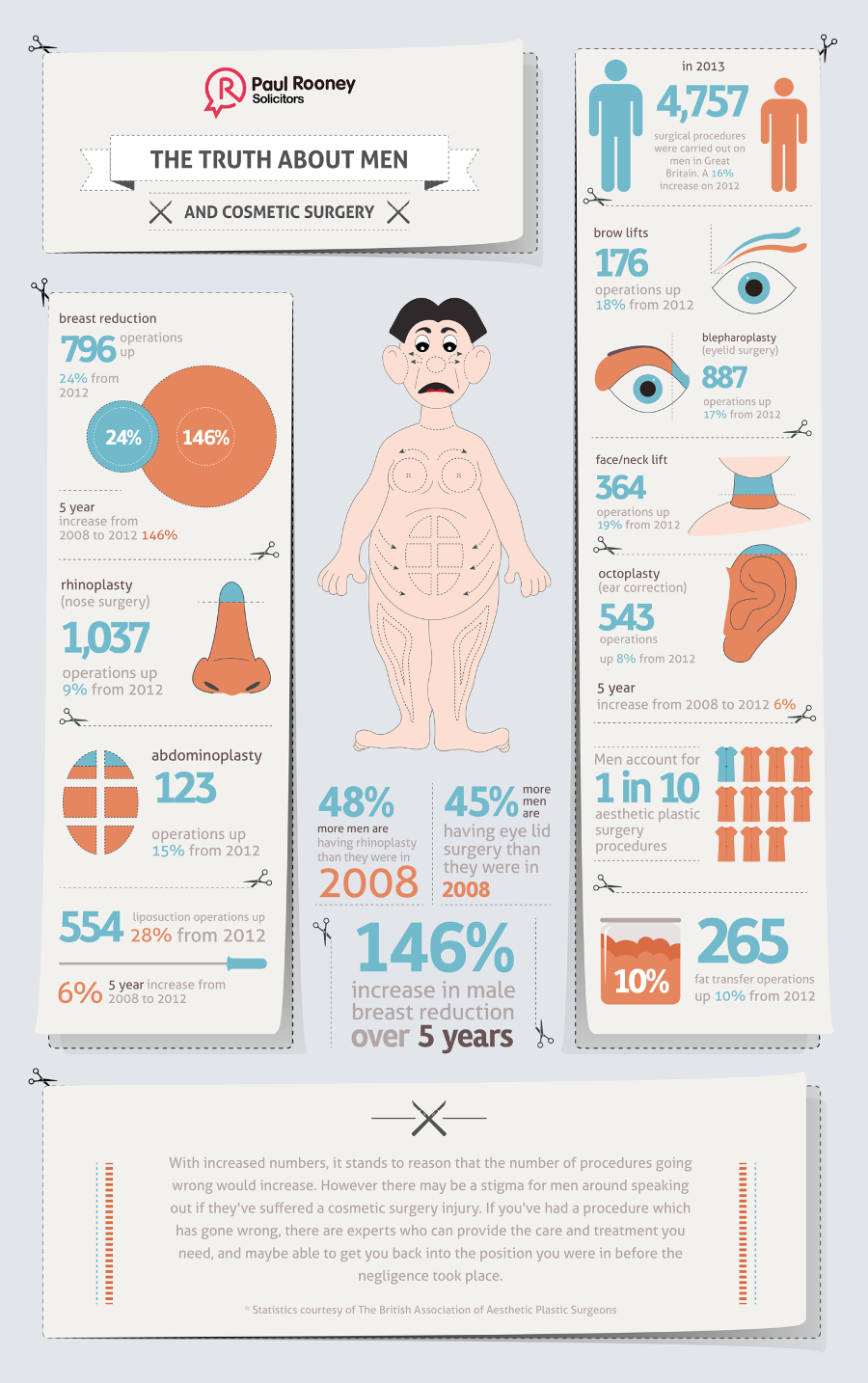Acne And Mental Health
Acne And Mental Health
Blog Article
Acne and Workout - What to Know
Normal workout, even simply brisk strolling or swimming, assists improve mood and reduce stress. It additionally enhances hormonal agents and neurotransmitters that promote healthy and balanced skin, such as serotonin and dopamine.
Ensure to use tidy exercise garments that have been washed recently-- filthy, perspiring apparel can catch bacteria and contribute to body acne. And if you have makeup on, think about utilizing micellar water to rub out your face prior to working out.
1. Sweating can obstruct pores.
Exercise helps the body in numerous methods, from stronger muscle mass to reduced high blood pressure and boosted state of mind. It can also help in reducing acne breakouts, as long as the right practices are in place.
During workouts, the heart rate increases which triggers the gland to open up and drain pipes. Yet if make-up, dust and microorganisms continue to be on the skin, these can obstruct pores and lead to the development of pimples. Sweat can also change the pH balance of skin, causing it to be more sensitive and prone to inflammatory acne.
Acne that develops due to sweat can appear anywhere on the body, but it often appears in areas prone to rubbing, like under apparel bands or headbands. The best means to stay clear of sweat-related acne is to put on breathable garments, clean common tools prior to making use of and shower asap after an exercise. It's likewise practical to make use of a mild, non-comedogenic cleanser before and after exercising.
2. Dirty clothes can clog pores.
While sweat itself does not create acne, all that microorganisms entraped on the skin can block pores and add to inflammatory breakouts. That's why workout hygiene is so important for those with acne-prone skin. Put on breathable, moisture-wicking garments, clean down devices before use, and shower right away after your sweat session to help reduce bacteria buildup and protect against clogged up pores.
Acne takes place when hair roots and pores get jammed-up with oil and dead skin cells, triggering the body's all-natural inflammatory feedback to remove them. When the sweat from an exercise combines with these debris, it can lead to clogged up pores and swelling that's frequently seen as pimples or pustules on the shoulders, back, upper body, neck, or temple.
Dirty clothes can intensify the problem by capturing sweat alongside the skin, triggering a bacterial overgrowth known as Malassezia-- a condition that might be finest treated with oral antifungal medications. It's additionally an excellent concept to carry extra apparel and tidy towels to the fitness center so you can routinely change out of perspiring clothes and wipe your skin down with fresh, clean towels prior to heading home.
3. Tight-fitting clothing can clog pores.
Sweat itself doesn't create acne, however if it's trapped against the skin by tight-fitting garments and friction, it can clog pores and bring about breakouts. That's why it is essential to wear baggy exercise clothing.
Massick additionally suggested how much is botox wiping down sporting activities and exercise tools before using it, as sharing headgears or jerseys with other people can move hazardous, acne-causing bacteria to the skin. He claimed it is essential to shower post-workout, also, to ensure that sweat and pore-clogging oils are rinsed off the body prior to they can result in an outbreak.
Finally, Massick recommended people to maintain gentle, non-comedogenic body clean in their fitness center bag so they can clean the face and body promptly after exercising. He advises washing with a cleanser which contains salicylic acid or benzoyl peroxide to help in reducing pore-clogging oil and prevent acnes from developing. He additionally recommended drinking great deals of water to help clear out toxic substances and lower sebum production. That, coupled with a healthy and balanced diet and anxiety management strategies, can assist prevent acne-inducing activities like exercising.
4. Makeup can obstruct pores.
While exercise is great for your mind and body, it can sometimes create or worsen acne. Nonetheless, numerous usual mistaken beliefs about acne and exercise linger. Acne is really brought on by hormonal adjustments, many generally activated by the age of puberty, periods, the pill (specifically when coming off it), pregnancy and stress and anxiety. These hormones can additionally be exacerbated by diet plan, washes and a high-stress way of living.
For those that still experience breakouts while working out, think about taking some precautionary actions: Use skin-friendly, breathable textiles that can help reduce sweat build-up. Avoid limited garments or hats that can trap sweat, dust and bacteria. Laundry and wash all workout garments and towels frequently to stop bacteria move to the skin. Clean your face with a mild cleanser and moisturize. If you need to put on makeup, select marginal makeup with a non-comedogenic formula that will not clog pores.
While exercise does not directly cause acne, bad skin health, not rinsing off after sweating and sharing tools can all contribute to the issue. By focusing on skin treatment and incorporating great behaviors into your workout regimen, you can still obtain that healthy radiance while remaining active.